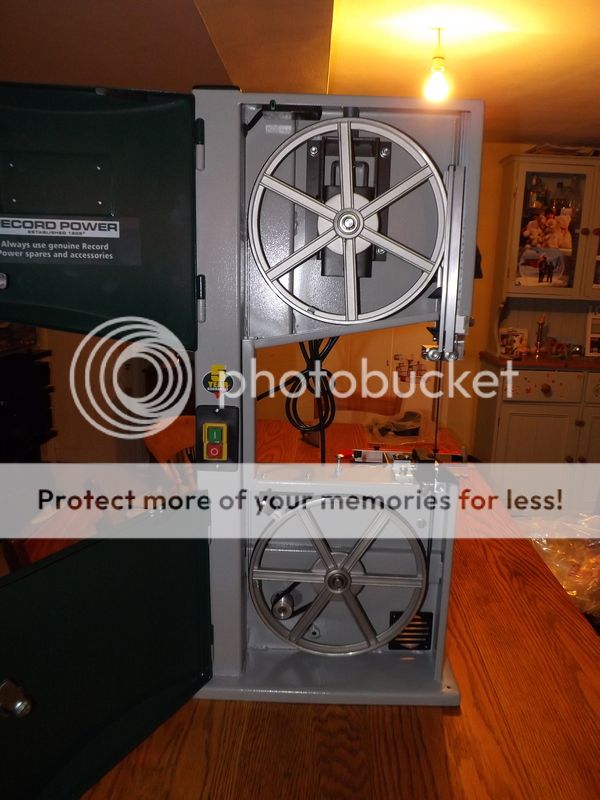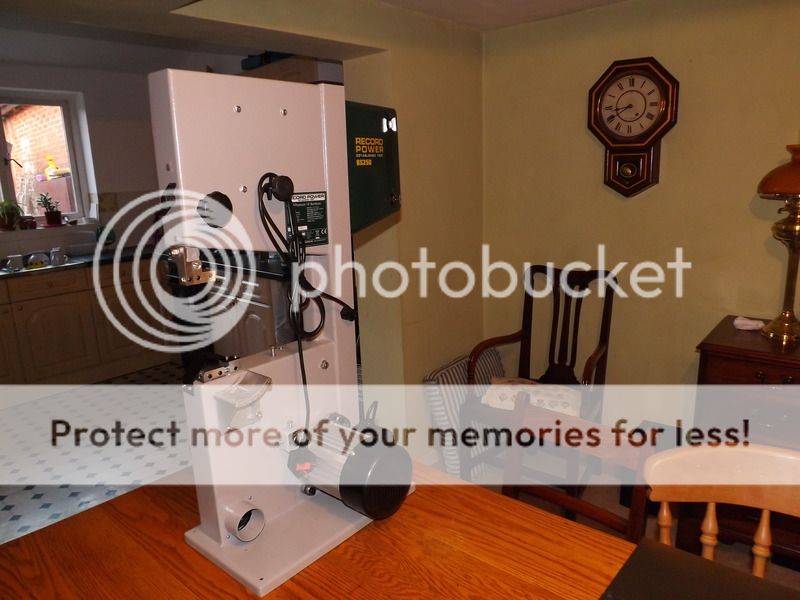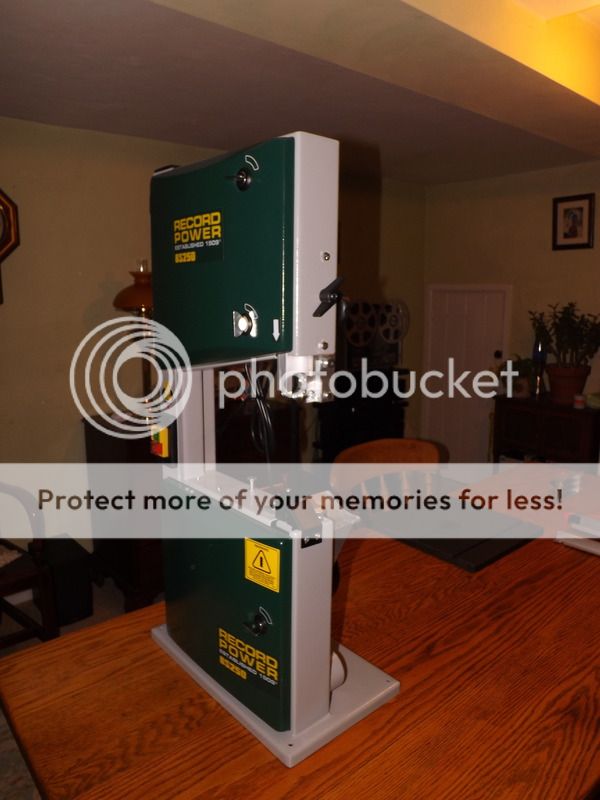rob.
Established Member
I have a small space that I can work in and I would like to restore a couple of antique chests of drawers.
The chests have the usual problems of missing cock beading and worn drawer runners. There are also one or two loose joints to glue.
To cut the beading and runners I'm thinking a table saw might be best? However I have read that budget saws are not accurate and I don't think spending a small fortune on a decent one is really worth it for what I will be using it for.
I do however live close to an antiques auction house and can see myself buying a few furniture projects in the not too distant future.
So, back to saws, what do you guys think? Are budget saws any good? Would I be better off cutting by hand?
The chests have the usual problems of missing cock beading and worn drawer runners. There are also one or two loose joints to glue.
To cut the beading and runners I'm thinking a table saw might be best? However I have read that budget saws are not accurate and I don't think spending a small fortune on a decent one is really worth it for what I will be using it for.
I do however live close to an antiques auction house and can see myself buying a few furniture projects in the not too distant future.
So, back to saws, what do you guys think? Are budget saws any good? Would I be better off cutting by hand?







































